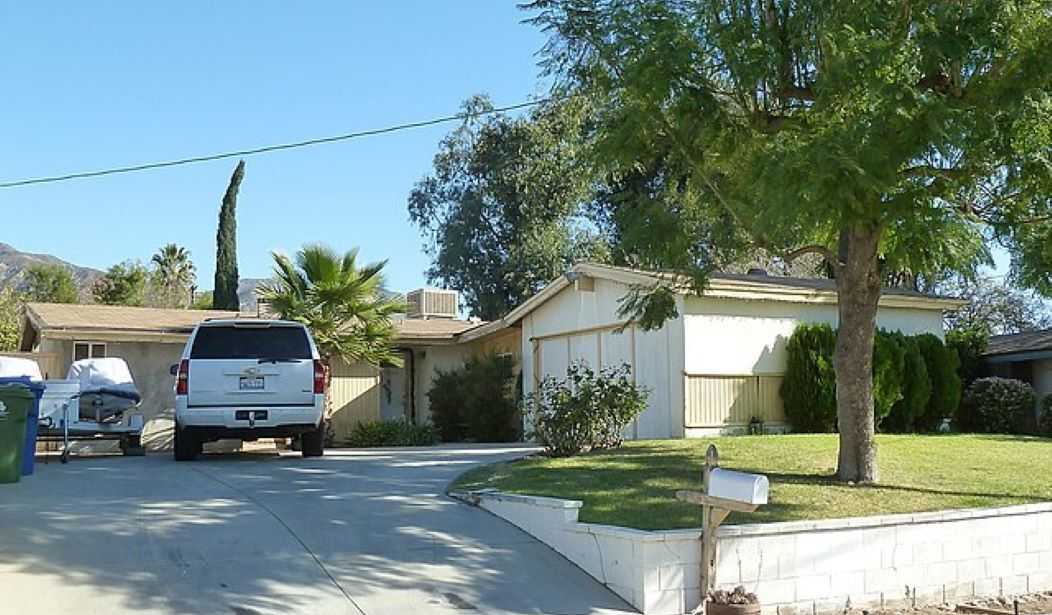The left loves to whinge on about affordable housing. They claim to want to provide affordable housing; they claim to be in favor of affordable housing. The problem is, they have no idea how markets work, how incentives work; they know nothing whatsoever about economics, supply and demand, and price theory.
So, in blue jurisdictions, housing becomes more and more expensive, year by year. Blue-state and blue-city politicians pass new rules and regulations, and prices go up. They pass new environmental requirements, more zoning laws, and prices go up. They restrict multi-family residential buildings and restrict the height of buildings, and prices go up. But some red states are showing how it doesn't have to be that way, in response to a new movement: "Yes, In My Back Yard," or YIMBY.
Earlier this year, a major American state passed a sweeping set of reforms to rein in regulations that drive up housing costs. Across roughly a dozen bills, legislators ended prohibitions on apartments in commercial areas, reduced minimum lot sizes, and limited the ability of opponents to delay new housing.
You might assume that this happened in a high-cost blue state like California or New York, where the progressive YIMBY movement has reset the discourse around policies like zoning. Quite the opposite: it was Texas, the beating heart of conservative politics.
Texas, however, didn't start this trend. It was Montana.
Republicans in Texas, though, weren’t cooking up a red state brand of YIMBYism from scratch. In 2023, Montana passed perhaps the most ambitious package of pro-housing reforms ever adopted. Under the leadership of Republican governor Greg Gianforte, the state legalized duplexes and tiny homes, limited design review, and streamlined subdivisions.
This year, Montana went even further, passing a package of bills that legalized accessory dwelling units, allowed single-stair buildings, and established that state courts should default in favor of “the free use of property.”
One really interesting thing is the "apartments in commercial areas" move. When I was a kid, the local small towns of Waukon and Decorah had, along their main drags, shop buildings containing small businesses on the ground floors. These businesses ranged from laundromats to flower shops to bakeries to taverns, but the one thing they had in common was that there was a small business on the ground floor, and an apartment or two on the second floor. It was not in the least uncommon to have the family who ran the small business living in that apartment, and those families frequently ended up owning the building. This was once not uncommon in our major cities, as well.
This is a great model for several reasons: It decreases commute time and the resulting congestion on city highways and byways, and it encourages investment in real estate. If one were making the case to the climate-scold left, one could even point out that it reduces emissions by making it so people don't have to drive to work.
Duplexes, back in the day, were another great way to produce more affordable housing. With some modifications, a traditional ranch-style home can be set up to house not one family but two, and unlike in an apartment building, both families have access to a yard, where kids can play outside. Remember when kids used to play outside? Some of them were even set up as condominiums, so the families that lived in them owned their half of the house; back in the day, I knew a few young couples who got their start in building real estate equity through just this means.
Instead, though, the blue states just double down on the stupid, and even the corrupt, where housing is concerned.
Read More: The Downfall of America's Cities: San Francisco's Black Market in Housing
The red state YIMBY advocates have this right. Deregulation and loosened zoning laws are key. Some of the older models, like duplexes and housing in commercial areas, worked for a reason: They saved people money and allowed them to get their feet on the first rungs of the real-estate ladder.
It's not a perfectly even red-blue divide, though.
Yet, the housing push hasn’t always won out over conservative culture. Several red states with rapidly rising housing costs—such as South Carolina and South Dakota—have undertaken almost no pro-housing reform. And in some blue states, Republicans have been hostile to reform. Across the Northeast—including in Maryland and New York—Republicans have fought efforts to ease onerous local regulations. The ostensibly free-market Maine Policy Institute opposed state-level pro-housing reforms on the basis that they would abridge the right of local governments to impose large minimum lot sizes. Go figure.
Of course, reform is tough everywhere. But in red states, the juice generally flows more easily. In contrast to the “everything bagel” politics that plague Democratic policymaking—in which every bill gets compromised by the demands of various interest groups—Republican legislation is usually quite lean.
No group of people is perfect. But the red states of Montana and Texas have set the template. The YIMBY movement is gaining adherents. The question is, how long can the Democrats ignore these obvious successes? Experience would indicate, "for a long, long time."
Affordable housing has been a rallying cry for the left for many years, and every time they meddle in housing markets, they've made things worse. But some people are catching on to the economic reality: That if you want affordable housing, the best thing any level of government can do is to stay the heck out of the way.














